General Info – summary
This impressive widely distributed Tree has smoothish bark & is up to 9m+ high. Rough, leathery, stiff Leaves are simple, lack stipules and shape and size varies. Tiny, usually, 5-merous and regular Flowers are dioecious or monoecious (here the male flowers ripen first). These flowers develop in racemes. The edible Fruit, with its hard capsule, splits in half – revealing a red arilode covering the brown/black seed.
Description
Pappea capensis
Previous Names: Pappea radlkoferi, Pappea ugandensis, Pappea fulva, Pappea schumanniana, Sapindus capensis, Sapindus pappae.
SA Tree No. 433.
Common names: (Afr) Bergpruim, Doppruim, Jacket Plum, Kaambessie, Kaambessieboom, Kaambos-bessiepitte, Noupitjie, Noupitjieboom, Oliepitboom, Oliepit, Oliepitte, Ooppitjie, Pruim, Pruimbessie, Pruimbessieboom, Pruimbessiebos, Pruimbos, Suurbessie, Tkaambes, T’kaambes, Tkaambesboom, Tkaambessie, T’kaambessie, Tkaambessieboom, T’kaamboom, Tshikavhavhe, Wilde-amandel, Wildepruim. (Eng) Bushveld Cherry, Indaba Tree, Jacket Plum, Lobengula’s Indaba Tree, Judgement Tree, Wild Amandel, Wild Cherry, Wild Plum, Wild Amandel, Wild Cherry, Wild Plum. (isiXhosa) Ilitye, Umgqalutye. (isiZulu) Indaba, Umgqogqo, Umkhokhwane Umqhokwane, Umqhoqho, Umvuma, Uvumebomvu. (Northern Sotho) Mongatane, Mopsinyugane. (Setswana) Mopênôeng, Mopênnwêeng, Morobaliepe, Mothata, Motlhatlha. (siSwati) Liletsa, Umlahlabantu. (Tsonga) Xikwakwaxu, Gulaswimbi. (Tshivenda) Tshikavhavhe.
Family: Sapindaceae. (Soapberry and Litchi family). This family has 135 genera and about 1 800 species. The alternate, usually compound Leaves often lack stipules (leaf stalk) and have a swollen base. The small, usually unisexual, Flowers may be regular or irregular and develop in racemes or panicles. The Calyx has 4-5 lobes and, when present, the Corolla has 3-5 petals. There are between 5 and 24 Stamens, which have free Filaments and the Anthers have 2 pollen sacs. The superior Ovary may have up to 3 styles, each ending in a simple stigma. There are 27 species in 14 genera in southern Africa. Local genera with trees on this website include Allophylus, Atalaya, Dodonaea, Erythrophysa, Filicium, Hippobromus, Pappea, Smelophyllum and Stadmannia.
Name derivation: Pappea named after Carl W L Pappe (1803-1862). He was a physician, the first colonial botanist and Prof of botany in what is now called the University of Cape Town. capensis – of the Cape. Pappea capensis is the only species in southern Africa.
Conservation: National Status: L C. (Least Concern). Assessed: 2005 (J.E. Victor and A.E. van Wyk).
Tree
With its much-branched, dense Crown (photo 113), this medium sized Tree is usually up to 9m, but may reach 14m high. It tends to be much smaller in dry areas. The Bark is pale grey to brownish, rather smooth, and often contains Lichen (composite organism arising from a mutualistic relationship between fungi or cyanobacteria and algae species – white in photo 847). The thickish, spreading Branches are light grey and knobbly (photo 211). Initially light brown to brownish-orange hairs cover these branches. They develop Lenticels (a usually raised corky oval or elongated area on the plant that allows the uncontrolled interchange of gases with the environment – photo 93).
- 113. 2014/08/26. Walter Sisulu NBG. Photo: David Becking.
- 211. 2014/06/03. Walter Sisulu NBG. Photo: David Becking.
- 847. 2014/03/25. Walter Sisulu NBG. Photo: David Becking.
- 93 2014.06.03 Walter Sisulu NBG. Photo: David Becking.
Leaves
These usually evergreen trees have tough simple Leaves (with a single blade that may have incisions that are not deep enough to divide the leaf into leaflets). Leaves are either alternate or spirally arranged. They tend to be crowded near the ends of branches. The stiff, rough, and leathery leaves are oblong, elliptic or obovate to almost circular. They are variable in size up to 17 x 6cm (photo 42). In arid areas, they may be much less than half this size. The mature Blade may be yellow to green and is dull above and paler below and thin or leathery. The many closely positioned Side Veins are yellowish, raised below and clearly visible on both sides (photo 42). Vein details are more visible when the leaf is viewed against a strong light (photo 654). The initially parallel side veins, usually branch, forming a Y-shape one or more times before reaching the margin (photo 43 & 654). This branching may start after about half the distance to the margin. The veins are more visible on the lower side. The hairy lower side, including veins, is visible in photo 43. The Apex is rounded. The Base is rounded or cordate (heart shaped) and may be asymmetric (photo 42). The variable wavy Margins may have vigorous teeth especially on young leaves. Mature leaves are often entire (with a continuous margin, not in any way indented). Teeth are close together on the young pink leaves (photo 114) as well as on coppice growth (in this case, when stems are cut or burned, it causes regrowth from the stump or roots). The Petiole (leaf stalk) is stout, up to 1,7cm long and may be pink. Stipules (basal appendages of the petiole) are absent.
- 114. 2014/09/23. Walter Sisulu NBG. Photo: David Becking.
- 42. 2014/12/02. Walter Sisulu NBG. Photo: David Becking.
- 43. 2014/12/02. Walter Sisulu NBG. Photo: David Becking.
- 654. 2016/08/30. Walter Sisulu NBG. Photo: David Becking.
Flowers
The very small individual Flowers are pale yellow to greenish and are best viewed with the aid of a hand lens. They are actinomorphic (Regular, symmetrical. Flowers are vertically divisible into similar halves by more than 1 plane passing through the axis). This plant may be monoecious (having both male and female reproductive organs on the same plant – in which case the male flowers are produced first), or dioecious (unisexual floral structures with functional male and female parts on separate plants). Flowers are located in leaf axils towards the ends of branches. They develop in racemes (a simple elongated inflorescence with stalked flowers) that is up to 150 x 3mm long (photo 136) – shorter in dry areas. A small Disc (a more or less fleshy or elevated development of the receptacle) is present. The cup-shaped Calyx usually contains 5 Sepals with ovate lobes that are joined at the base. The Corolla is small, inconspicuous and usually has 5 Petals which may be slightly longer than the sepals. Each petal has 2 hairy scales at its base (photo 775).
There are 8-10 Stamens – arising within the disc. Each is about 4mm long with white hairy Filaments (photo 775) that arise within the disc. The terminal Anthers have 2 pollen sacs and change from greenish yellow to brown. There is a single Pistil (a unit of the Gynoecium, the female element of the flower, composed of the Ovary, Style and Stigma) with a 3-chambered superior Ovary. The short thick Style ends in a simple Sigma (photo 541 – under Fruit). In bisexual flowers (photo 541), both stamens and a pistil are present. In unisexual male flowers, no ovary is present. In the later developing unisexual Female flowers, the Staminodes (sterile stamens) are small. (Dec-May – variable).
- 386. 2014/12/09. Walter Sisulu NBG. Photo: David Becking.
- 136. 2016/01/19. Walter Sisulu NBG. Photo: David Becking.
- 73. 2015/05/05. Walter Sisulu NBG. Photo: David Becking.
- 775. 2020/01/20. Walter Sisulu NBG. Photo: David Becking.
Fruit
The almost spherical or oval Fruit is edible and is initially enclosed in a hairy green Capsule (a dry fruit resulting from the maturing of a compound ovary that usually opens at maturity by one line of dehiscence (photo 09). After pollination, the Stamens and Style are initially still visible (photo 541). In this photo, the hairy Pedicel (stalk of a single flower) is visible. As it matures, the capsule becomes brown, hard, and brittle and is up to 2cm in diameter (photo 28). Each capsule splits into 2 parts, revealing a bright red/orange inner flesh (photo 383 – intro photo) which surrounds a single, shiny brown to black Seed (photo 540). This orange-red, fleshy and jelly-like part is an Arillode (a structure in certain seeds that resembles an aril but develops from the ovule of the Micropyle (a small opening in the surface of an ovule, through which the pollen tube penetrates, often visible as a small pore in the ripe seed. During germination, the seedling’s Radicle – embryonic root – emerges through the micropyle not from the Funiculus (the stalk by which the ovule or seed is attached to the ovary wall or placenta that connects the ovule or a seed with the placenta). The arillode completely envelops the developing seed. The micropyle is often visible as a small pore in the shiny ripe Seed. Both the seed and arilode appear to be in a jacket – hence the name – “jacket-plumb” (intro photo and 28). This occurs when the capsules dehisce. Each seed is about 8mm wide when released and has a basal circular depression. (Feb-Jul). The empty shells may hang on the tree for many months. (Dec-Jun).
- 541. 2018/01/24. Walter Sisulu NBG. Photo: David Becking
- 09. 2014/04/29. Walter Sisulu NBG. Photo: David Becking.
- 540. 2019/09/04. Walter Sisulu NBG. Photo: David Becking.
- 28. 2014/04/29. Walter Sisulu NBG. Photo: David Becking.
Distribution & Ecology
This tough Tree is neither frost nor heat sensitive and is capable of surviving in dry areas. It occurs in wooded grasslands, in the bushveld, associated with termite mounds, on rocky outcrops and in riverine thickets. It is less common in forests. Associated trees include Boscia oleoides, Portulacaria afra, and Euclea undulata. Provincially it occurs in the Western, Northern and Eastern Cape, KwaZulu-Natal, Free State, Gauteng e.g., Melville Koppies, Limpopo and North West e.g., the valley near Augrabies Falls. Beyond our borders, it occurs in Swaziland, Mozambique, Botswana, Zimbabwe (e.g., the tree in the Bulawayo State House), Zambia, Namibia, and into mainly eastern Tropical Africa. The scent of the Flowers attract insects, including bees, wasps and flies. Many Birds, including black-collard barbets, green pigeons, bulbuls, starlings and mousebirds relish the Fruit. In photo 28 under Fruit, damage by feeding birds is visible. Leptocoris hexophthalmus is a red and black soapberry bug that feeds on the oily stone of the fallen Seeds. Monkeys, baboons, bushbuck, giraffe and elephants eat the sweet to sour Fruit and elephant and giraffe often browse Leaves. Larvae of the common hairtail butterfly Anthene definite, the Brown playboy butterfly (Deudorix antalus), the Pearl-spotted charaxes (Charaxes jahlusa) and the Gold-banded forester (Euphaedra neophron) feed on this plant.
Ethnobotany
The white, hard and dense Wood may be tinged with brown and has a twisted grain. Uses include making furniture, sticks, poles and spoons. It does not usually become sufficiently wide to be of more use. People and domestic stock eat the pleasantly tasting tart Fruit and may eat the Leaves. Good jelly, an alcoholic drink and even vinegar can be made from the fruit. A golden yellow non-drying oil extracted from the Seed is used to make soap and even for oiling guns. Bark is used medicinally. The slowish developing tree is easily Grown from seeds and will enhance bird life wherever it is planted. This is a good fodder plant and shade tree (photo 113 under Tree).
References
Boon, R. 2010. Pooley’s Trees of eastern South Africa. Flora and Fauna Publications Trust, Durban.
Burrows, J.E., Burrows, S.M., Lotter, M.C. & Schmidt, E. 2018. Trees and Shrubs Mozambique. Publishing Print Matters (Pty) Ltd. Noordhoek, Cape Town.
Bryant, C. Lombo, B. 2004. Trees of CC Africa. Double Story Books, Cape Town.
Coates Palgrave, M. 2002. Keith Coates Palgrave Trees of Southern Africa, edn 3. Struik, Cape Town.
Ginn P.J. Mcilleron W.G. and Milstein P. le S, 1989. The Complete Book of Southern African Birds. Struik, Cape Town.
Lawrence, G. H. M, 1951. Taxonomy of Vascular Plants. The Macmillan Company, New York. Tenth Printing 1965.
Palmer, E. & Pitman, N. 1972. Trees of southern Africa. Balkema, Amsterdam, Cape Town.
Schmidt, S. Lotter, M. & McCleland, W. 2002. Trees and Shrubs of Mpumalanga and the Kruger National Park. Jacana, Johannesburg.
van Wyk, B. & van Wyk, P. 1997 Field guide to Trees of Southern Africa. Struik, Cape Town.
Victor, J.E. & van Wyk, A.E. 2005. Pappea capensis Eckl. & Zeyh. National Assessment: Red List of South African Plants version 2020.1. Accessed on 2022/04/02.
http://plantzafrica.com/plantnop/papcap.htm
http://witkoppenwildflower.co.za/pappea-capesis/
http://posa.sanbi.org/flora/browse.php?src=SP

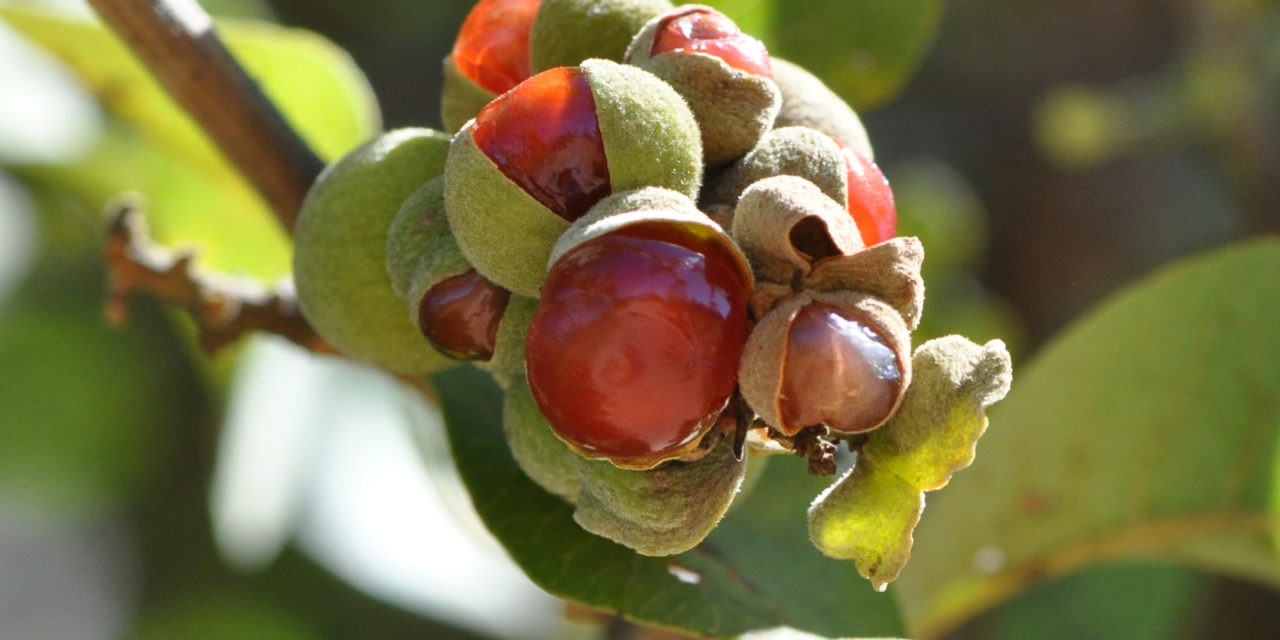
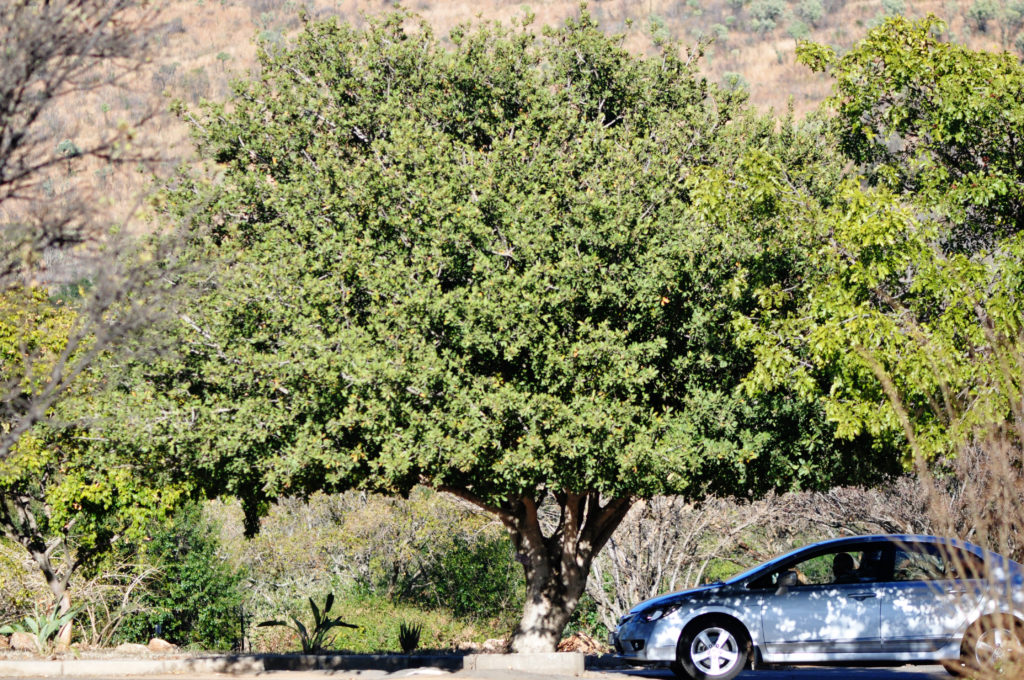
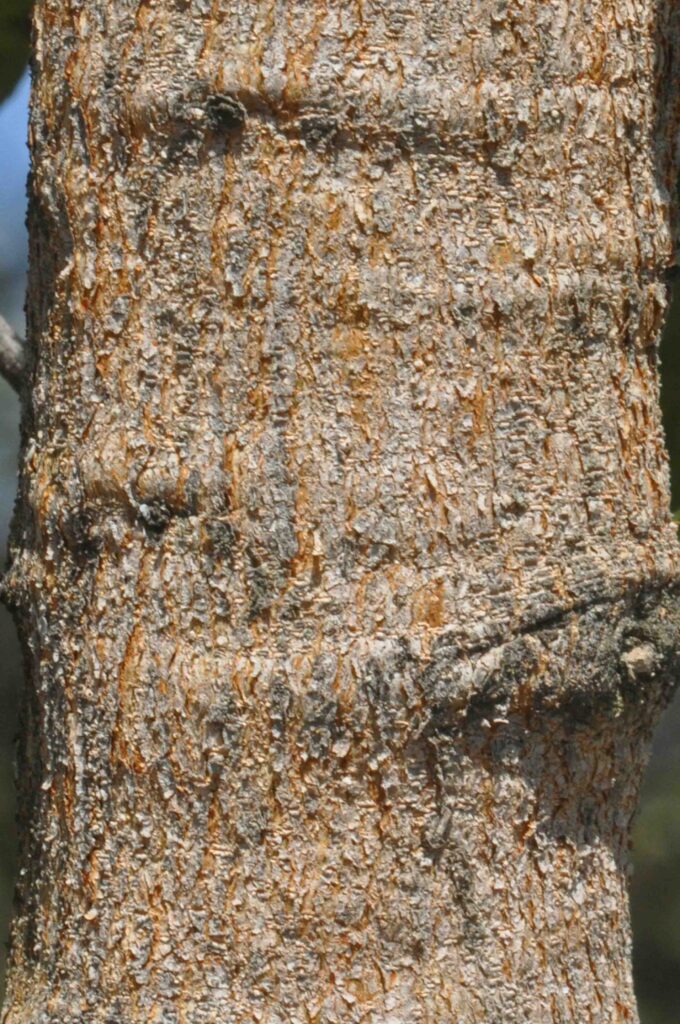
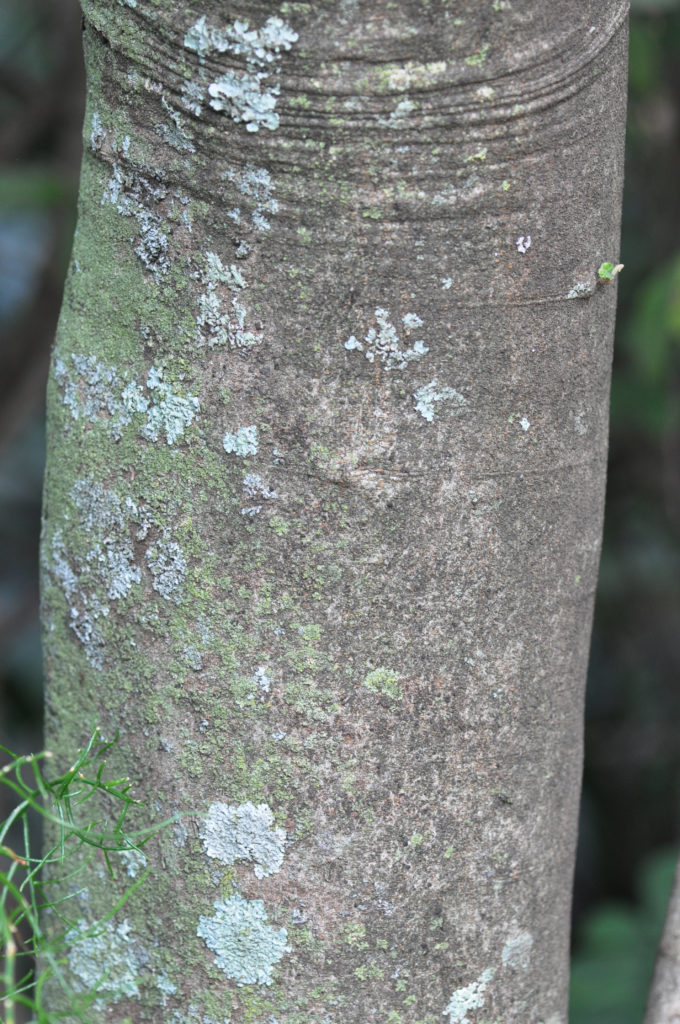
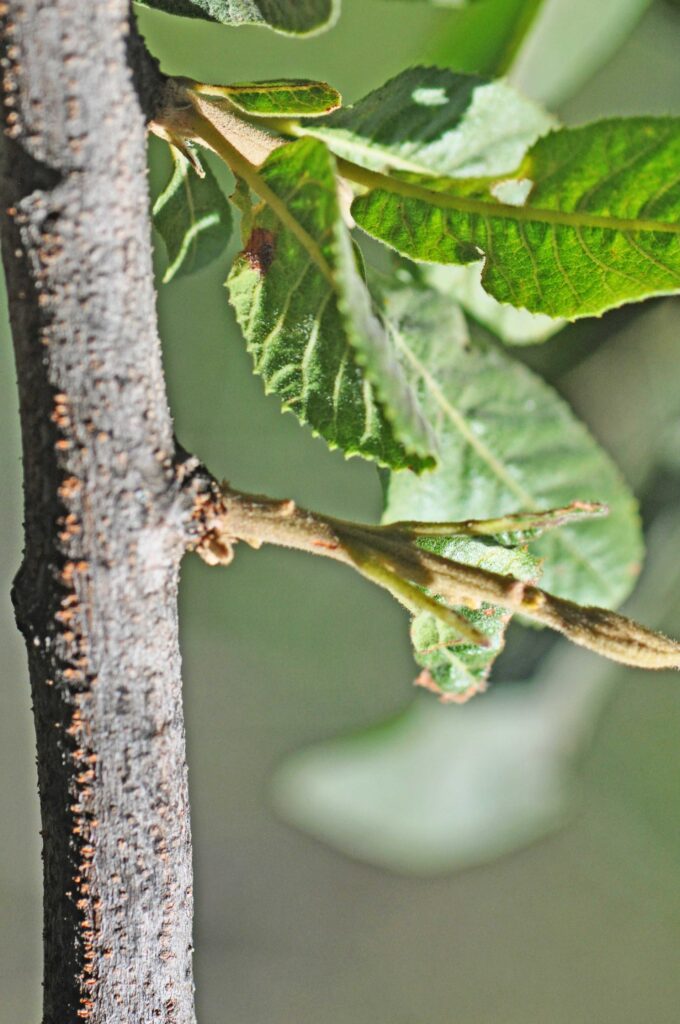
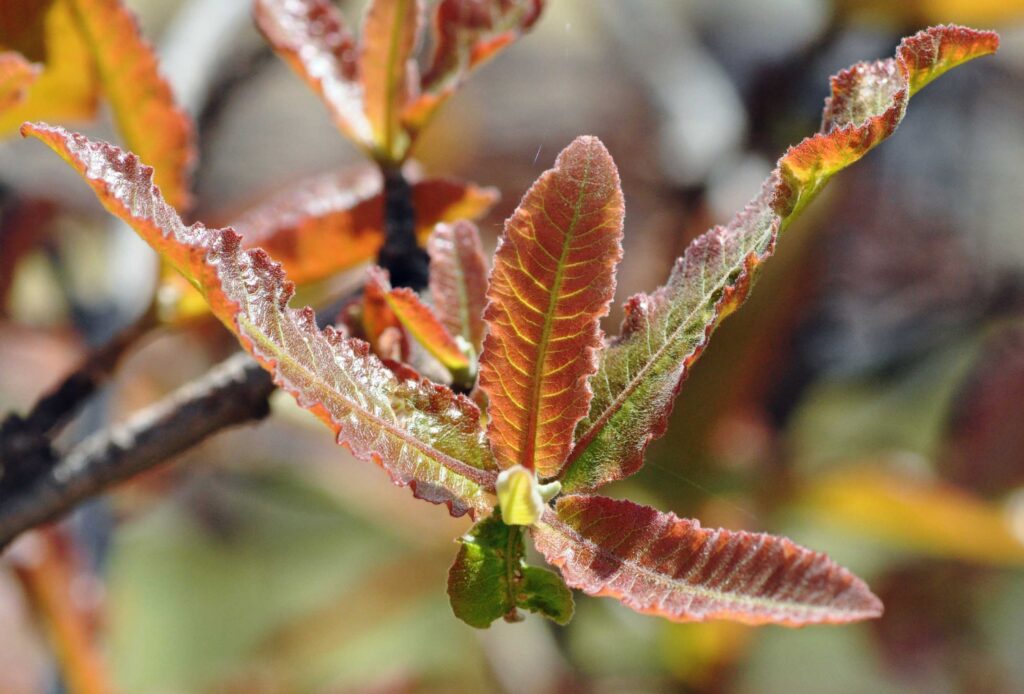
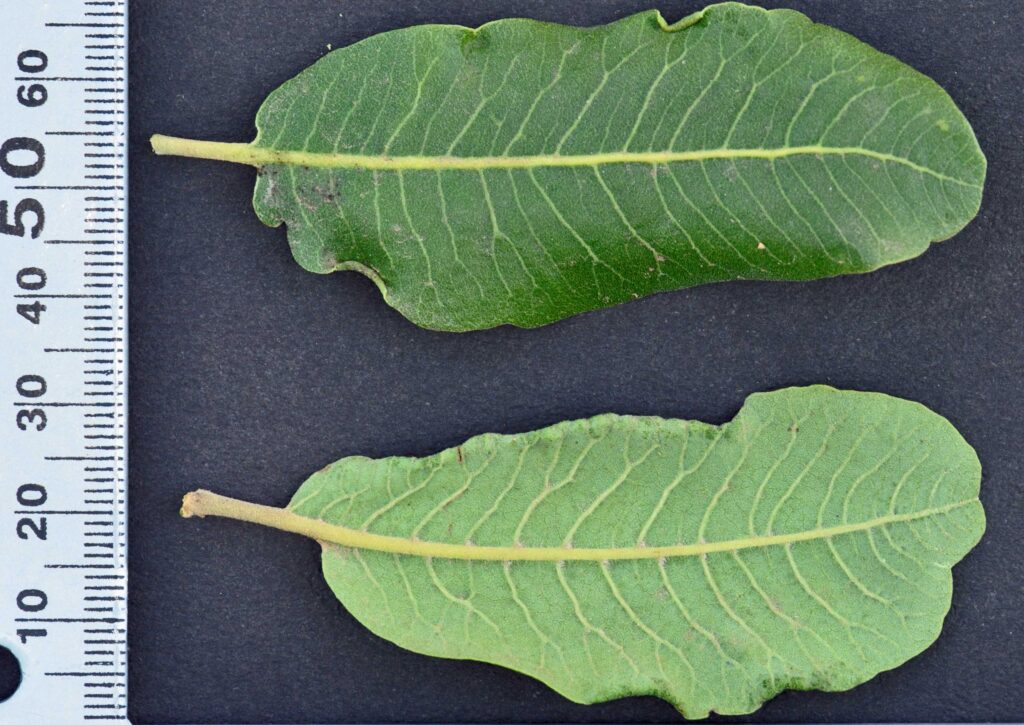
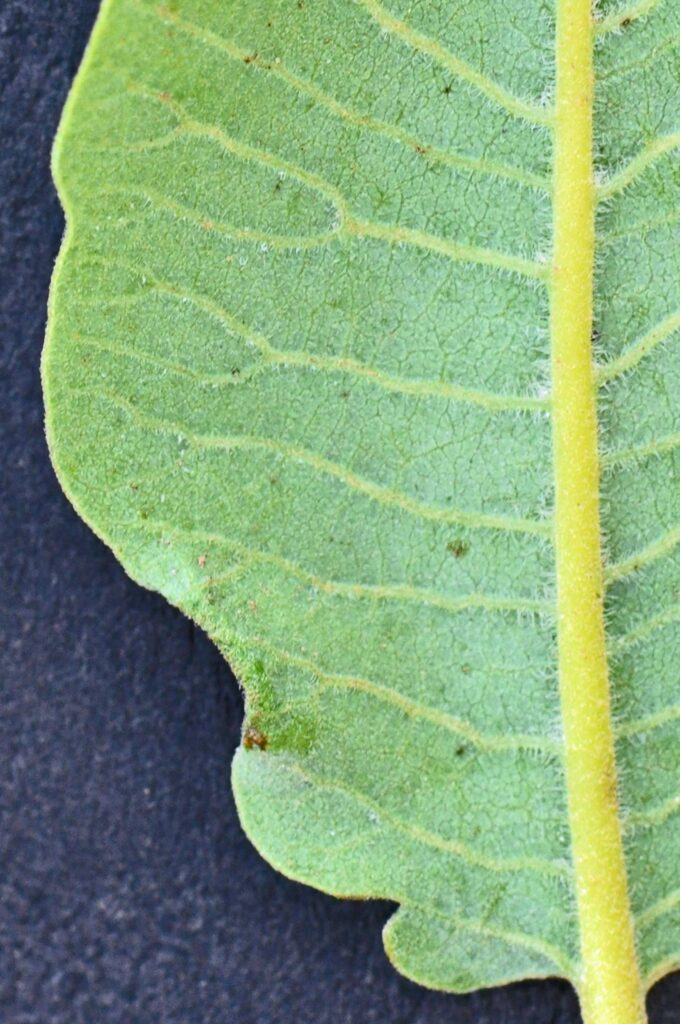
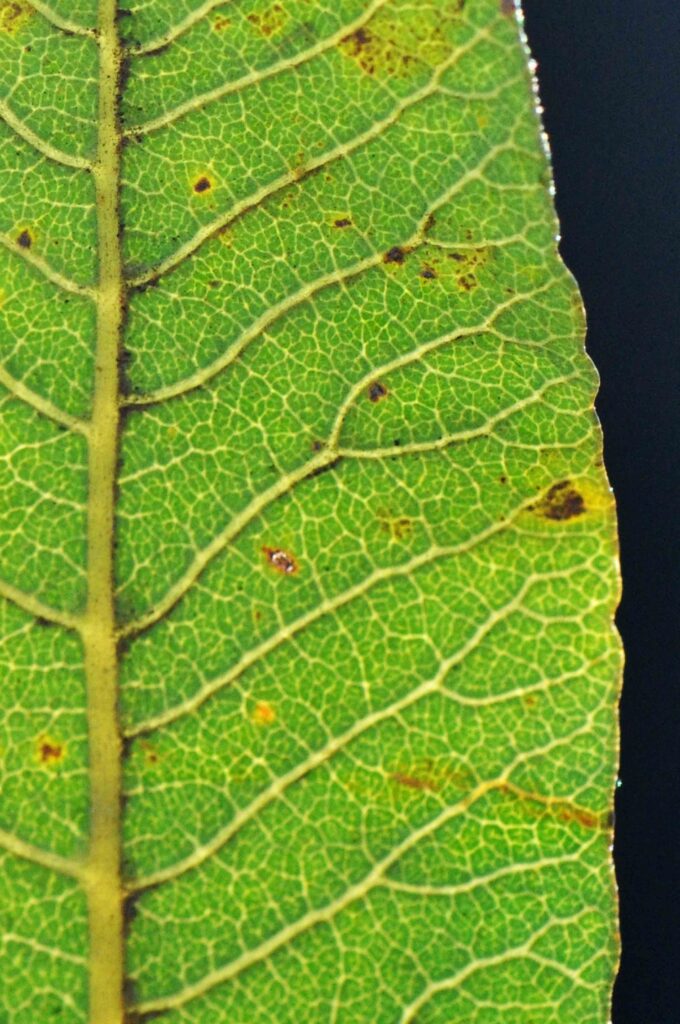
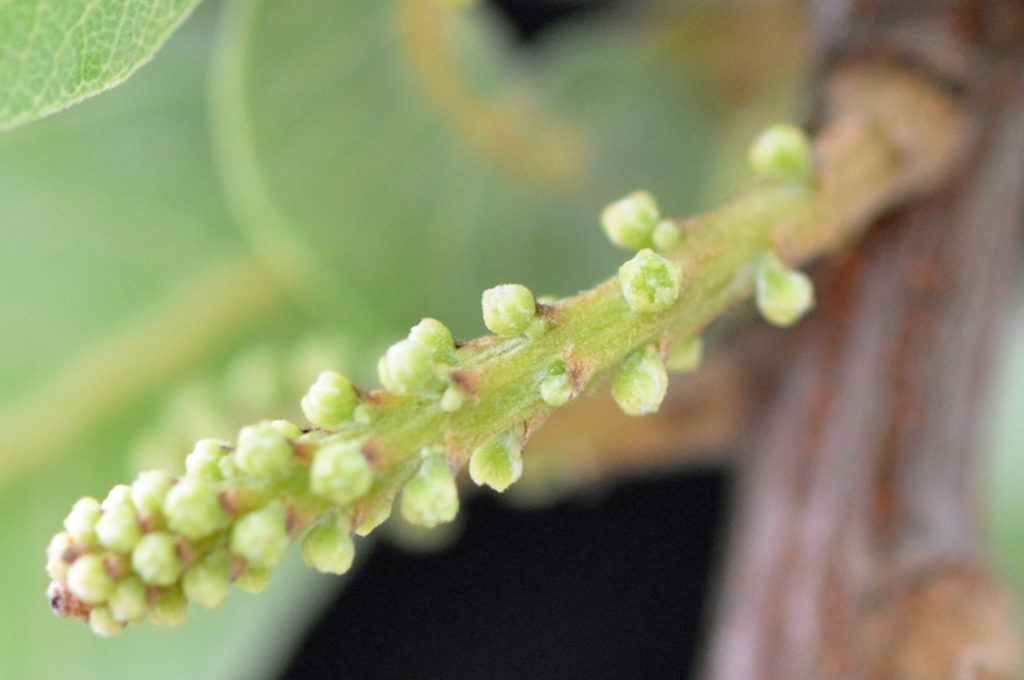
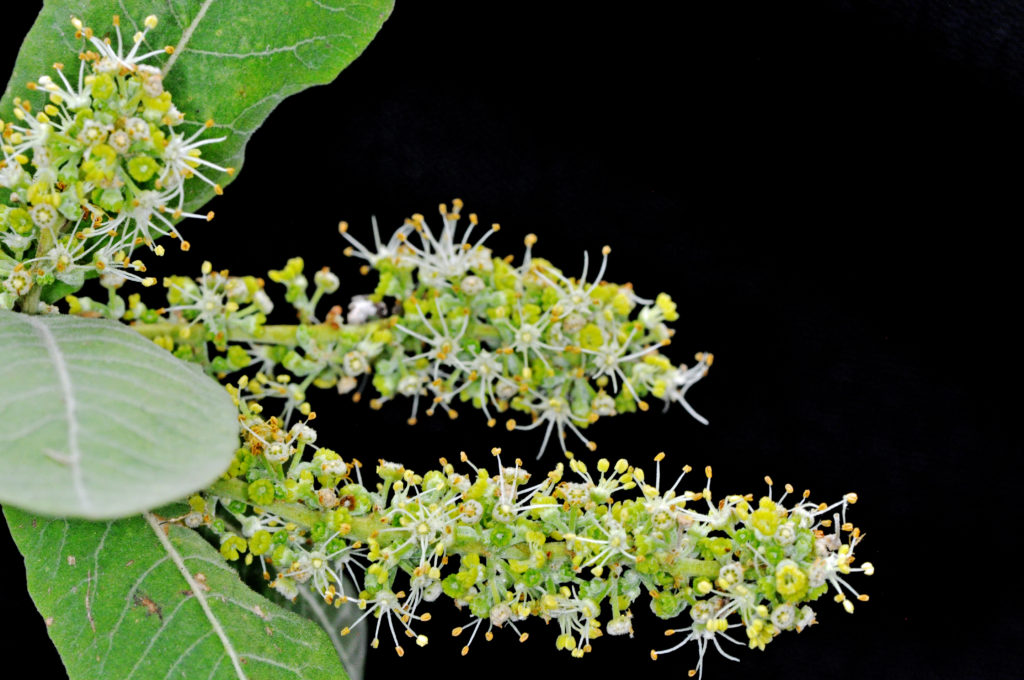
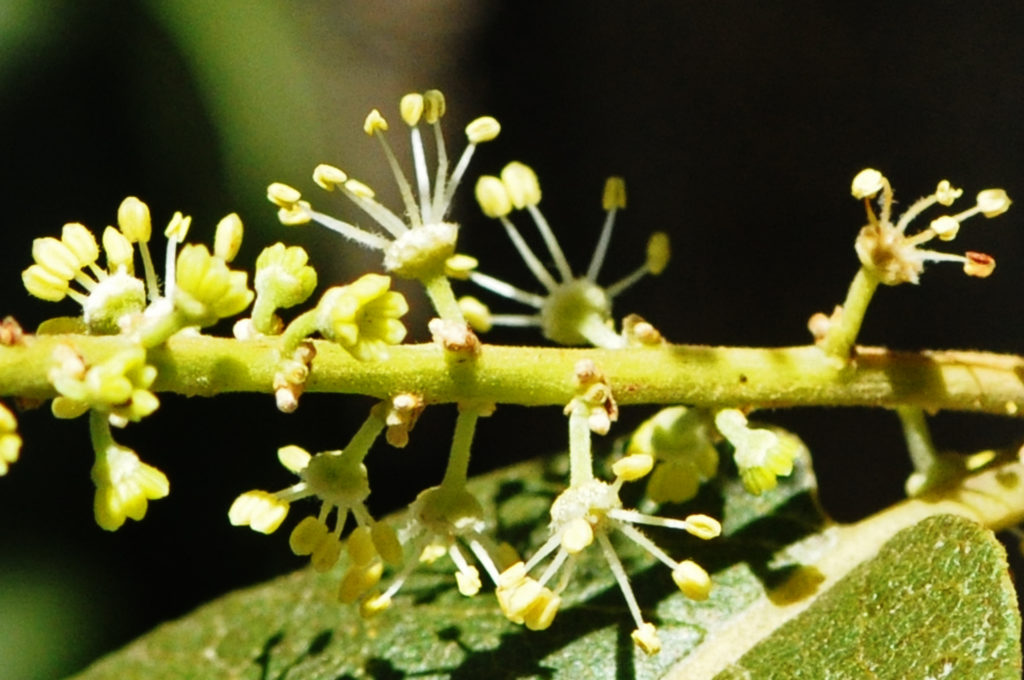
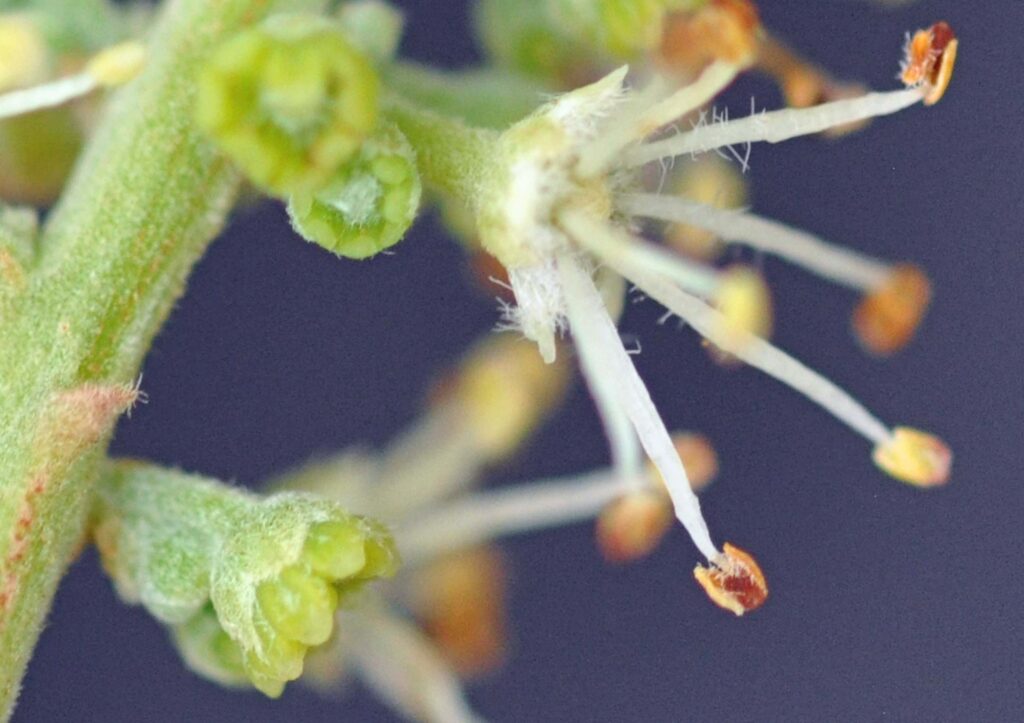
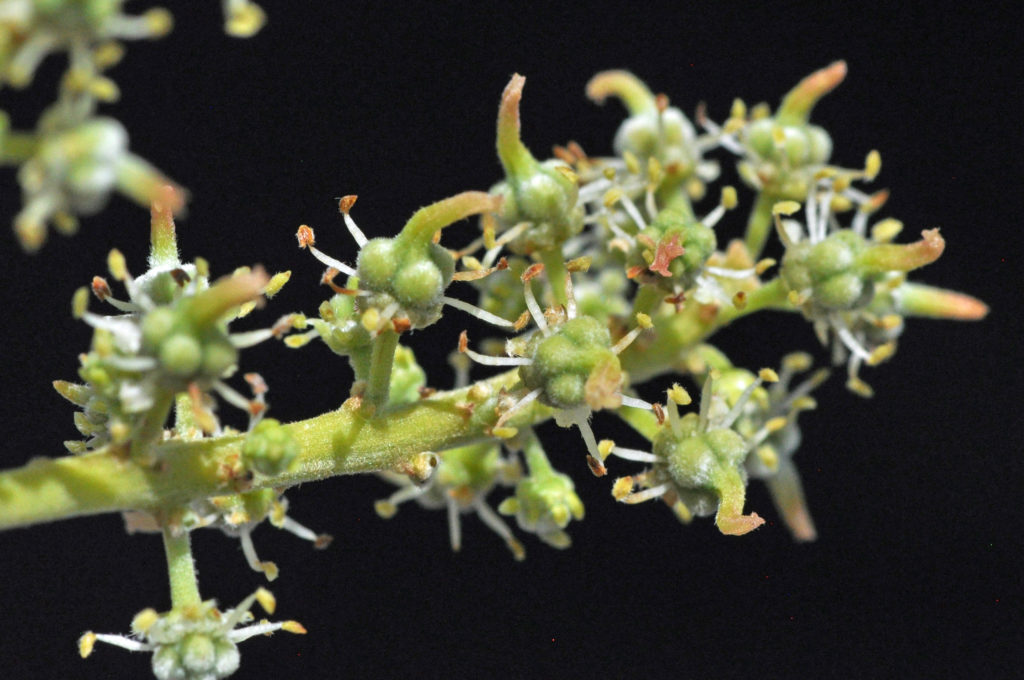
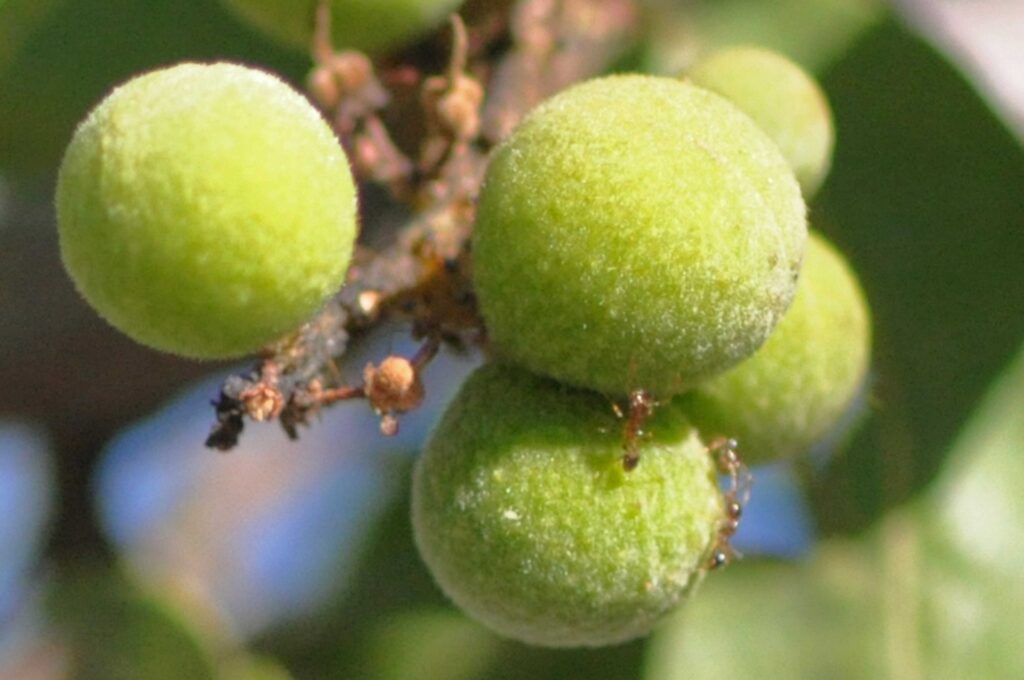
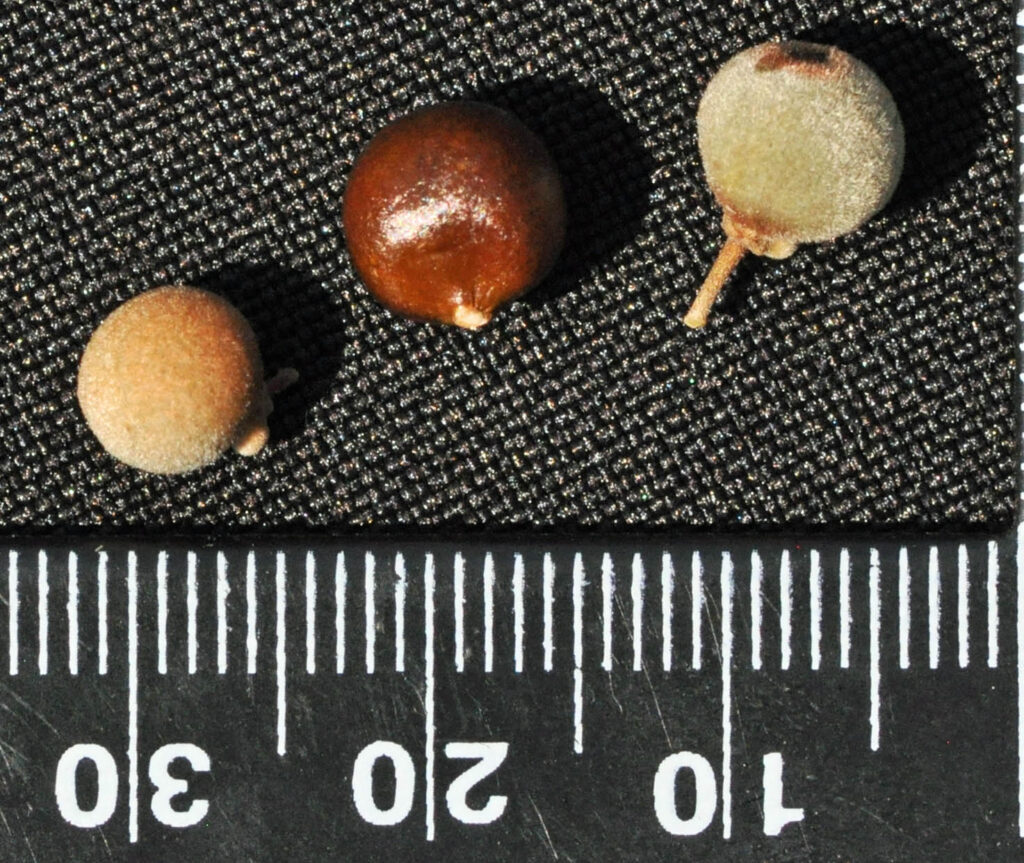
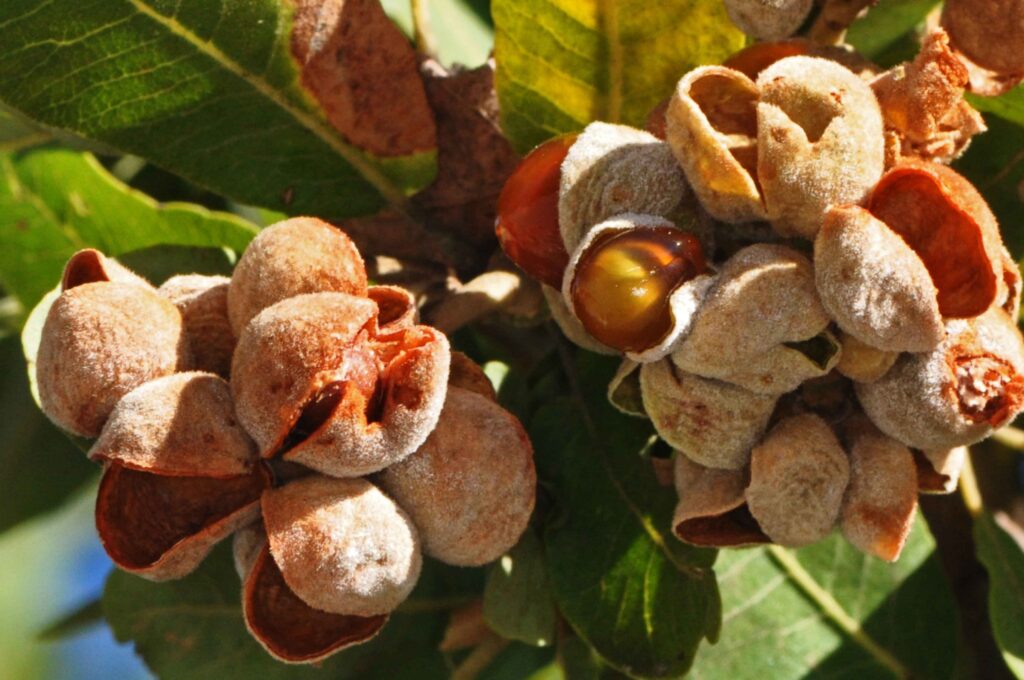
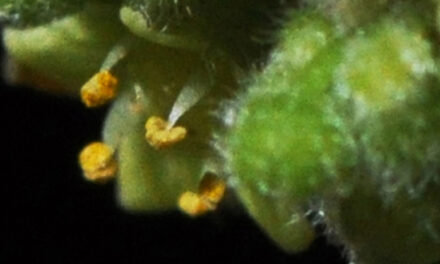
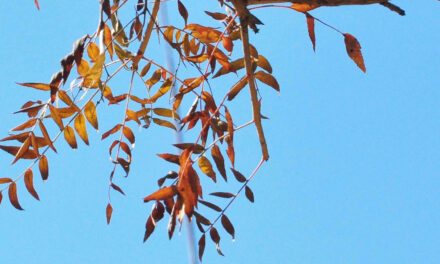
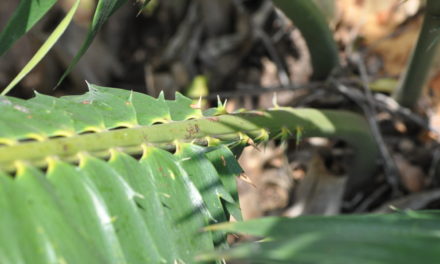
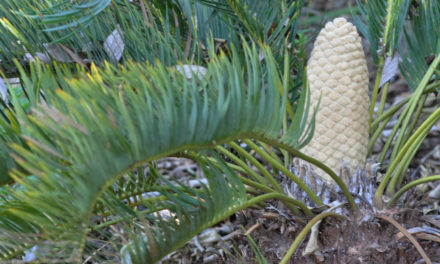
Hi David
Do you perhaps know whether the flowers are insect pollinated or wind pollinated?
Thank you
Wow i still remember ilitye tree or fruit as we were growing up we used to climb in the tree and pick thé fruits up and eat them.I enjoyed them so much i feel like eating one now Thé fruits are hydrating when its hot we will also make juice out of thé fruits.I feel young again my memory is so clear and fresh.I remember my youngest aunt one day we arrived she was there eating thé fruits we were shocked that she knew the tree.And.she said she usually go there to eat thé fruits,sometimes when we dont see her we know she is there in that tree we would follow her.
Greetings Norma
Thank you for your comment! It is a rather special tree. Take care.
David Becking.
No I dont know about and pollination,sorry
Greetings Norma
Bees, wasps and flies are responsible for pollination. Take care.
David Becking.